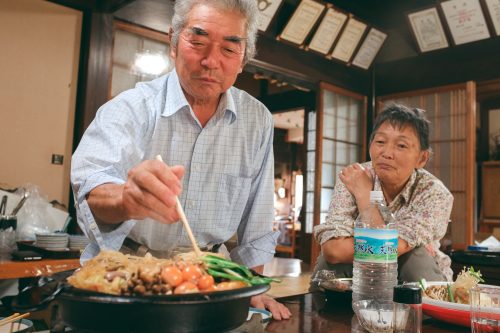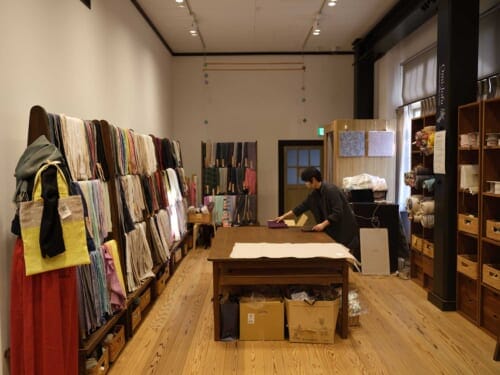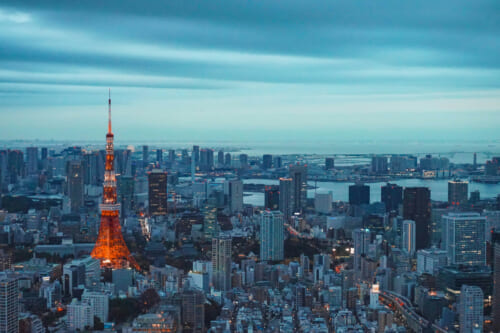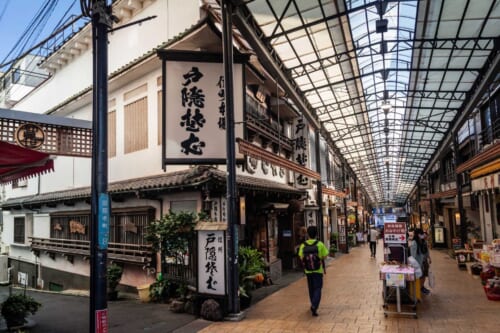When you think of Japan, cheesecake might not be the first thing that comes to mind. Traditional Japanese sweets like mochi, taiyaki, and dorayaki typically take the spotlight. However, Japanese cheesecake has gained significant popularity thanks to its light and fluffy texture. But how exactly did cheesecake make its way to Japan, and where can you eat it?
What is Japanese Cheesecake?
Cheesecake is a beloved dessert worldwide, and it’s no surprise that it has also become one of the most popular cakes in Japan. Japanese people have a talent for taking flavors from other cultures and putting their own spin on them (just think about their take on bread). Their skill in this area is evident in their success at the World Pastry Cup in France, a competition that involves professional pastry chefs from around the globe, in which Japan has won gold and silver several times.
The Japanese cheesecake, known as sufure chizukeki (スフレチーズケーキ) in Japanese, is also referred to as soufflé cheesecake. This name accurately describes its texture — fluffy and light, similar to a soufflé. This texture is achieved by whipping the egg whites and the baking method used. More details about this will be discussed in our recipe. Furthermore, when fresh out of the oven and still warm, the soufflé cheesecake wobbles almost like jelly.
The first recipe for this soufflé cheesecake is said to have originated from the Japanese master confectioner Tomotaro Kuzuno, who, at the time, owned the confectionery and cake company Morozoff with headquarters in Kobe. During a visit to Germany in the 1960s, he was inspired by a regional variety of käsekuchen (German cheesecake). Upon his return to Japan, he aimed to create a blend of German and American cheesecake, giving rise to the Japanese cheesecake in 1969. This cheesecake is less sweet than its Western counterparts and contains less cream cheese and sugar.
What are the Japanese Cheesecake Varieties?
However, not all cheesecakes are the same. In Japan, there are many different variations of cheesecakes, and some are very creative. Not all of them are the fluffy style Japanese cheesecakes are known for. Some also follow the style of the American cheesecake (アメリカンチーズケーキ) or lean towards the fresh, unbaked cake direction, such as the rare cheesecake (レアチーズケーキ) or the Basque cheesecake (バスクチーズケーキ).
Of course, you can also try these variations when visiting a café. What could be better than taking a break from sightseeing and enjoying a delicious piece of cake? Morozoff, PABLO, and Cheese Garden are renowned for their cheesecakes, offering different varieties in addition to simple Japanese cheesecake. With several locations across Japan, you can sample their cheesecakes virtually anywhere.
Moreover, Japan is renowned for its green tea and the matcha powder derived from it. This matcha powder is also great for baking, allowing you to indulge in matcha cheesecake (抹茶チーズケーキ) while in Japan — an extra Japanese take on this classic cheesecake. One recommended option is the café chain Nana’s Green Tea, with numerous locations across Japan.
Osaka’s Famous Japanese Cheesecake: Rikuro’s Cheesecake
One Japanese cheesecake has gained a lot of popularity and is a must-buy when visiting Osaka City. Uncle Rikuro’s Cheesecake (Rikuro Orison no Cheesecake, りくろ―おじさんのチーズケーキ) has been sold since 1984. However, Uncle Rikuro’s Shop, where the cheesecake is sold, has existed since 1957 and was founded by Rikuro Nishimura.
The cheesecake, which is 18 centimeters in diameter, can be bought freshly baked for under 1,000 yen and has perhaps become a hit because of its low price. But it is the ingredients that make the cheesecake special. These include special cream cheese from Denmark and Californian raisins, which are soaked in a special syrup. Quality is also considered when it comes to the milk and other ingredients. The main store in Namba, which includes a cafe on the second floor, is one of eleven stores in Osaka where customers can witness the cakes being freshly baked and sold while still warm.
Bake Your Own Japanese Cheesecake Recipe
If you’re craving Japanese cheesecake and can’t find any, why not bake one yourself? Here’s a simple recipe to get you started:
Ingredients:
- 150g cream cheese
- 60ml milk
- 50g unsalted soft butter
- 90g sugar
- 10g vanilla sugar (or one packet)
- 80g flour
- 5 eggs (yolks and whites separated)
- 1 teaspoon lemon juice
- 2 teaspoons lemon zest
You will need a round cake pan (approximately 18-20 cm), baking paper, aluminum foil, and a deep baking tray to use as a water bath.
- Line your springform cake pan with baking paper so the cake can be easily removed later. Then, firmly secure the aluminum foil around the outside of the pan so that no water can get inside. This pan will later be set into a deep baking tray, which is filled with about three centimeters of water and used as a water bath.
- Put the soft butter, cream cheese, and milk in a mixing bowl and stir until smooth. It will be easier if you warm the ingredients a little. Then, add the flour and egg yolk and continue stirring until smooth. Also, incorporate lemon juice and lemon zest into the mixture.
- In a separate bowl, beat the egg whites until stiff. Gradually add the sugar and vanilla sugar. The egg whites will help make the cake fluffy later.
- Gently fold the egg whites into the dough, being careful not to overmix and maintaining the consistency of the egg whites as much as possible.
- Put the dough into the springform pan and place it in a deep baking tray. Fill the baking tray with hot water to create a water bath.
- After preparing the cake batter, bake it in a preheated oven at 150 degrees for 50 to 60 minutes. To check if the cake is ready, insert a bamboo skewer into the center.
- Once the cake is baked, remove it from the oven and water bath, but allow it to rest in the springform for about 15 minutes. Afterward, you can serve it warm or cold.
I hope we were able to transport you to the world of Japanese cheesecake — whether you savor it in a quaint café in Japan or make it yourself at home. This airy and delightful dessert is sure to exceed your expectations.







No Comments yet!